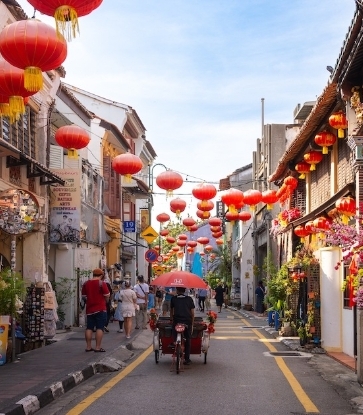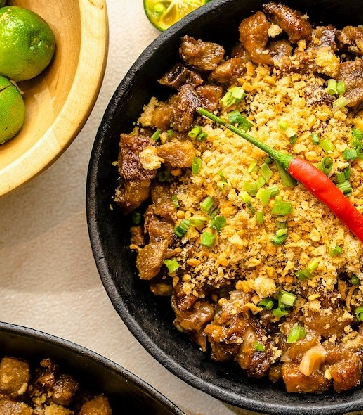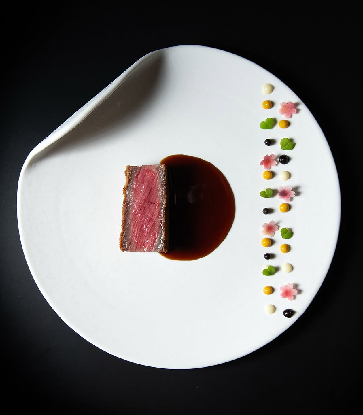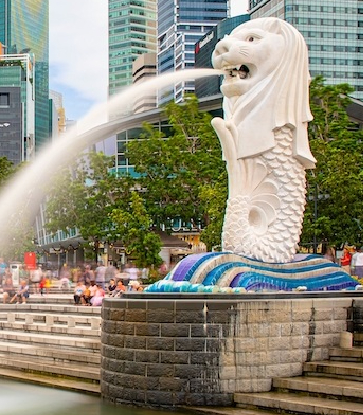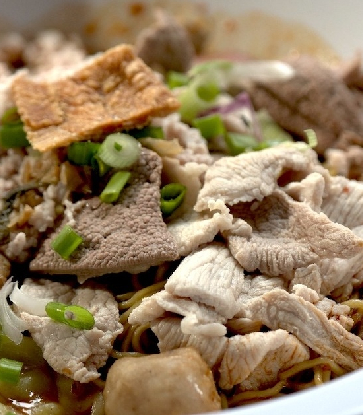19th-century China under the Qing Dynasty was a dark period for its people — their beleaguered Manchu rulers were forced to sue for peace after defeat in the Opium Wars by the Western powers, who had superior military technology and firepower. Among the treaty ports conceded by the Qing Emperor as part of war reparations was Shantou, the homeland of the Teochews (Chinese: 潮州).
All over China’s ravaged southern coastline, fleets of wooden junks emerged, ferrying their huddled masses, escaping oppression, famine, and poverty in their tumultuous homeland to seek refuge in the new “lands of opportunity” in Nanyang (the “South Seas”). In this rag-tag armada, the Teochew junks from Shantou were easily recognised by their uniquely striking red-coloured bat-wing sails.
With them they brought their culture, language, and cuisine, as they rebuilt their lives anew in their adopted homes: Siam, Singapore, British Malaya, and French Indo-China. Culinary-wise, the Teochews have always preferred their cooking light and subtle, in comparison to other Chinese. And they adore seafood (especially cockles), chives, salted radish, Chinese waxed sausages, beansprouts, duck’s eggs, fish sauce, and, of course, the koay teow, their ubiquitous, indispensable flat rice noodles.
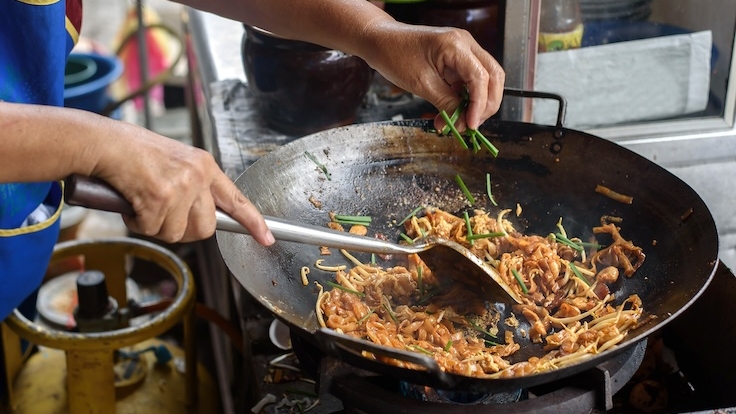
Penang Char Koay Teow
In Penang, where the Teochews form the second largest Chinese populace after the Hokkiens, the iconic dish was birthed from homesickness and nostalgia, as it comprises a hodgepodge of ingredients that they missed from their homeland.
Producing the perfect plate of Penang-style char koay teow requires a certain deftness of one’s stirring hand, and a precise — almost telepathic — command of the cooking fire and heat of the wok: first, minced garlic and salted radish are tossed into hot lard, awakened from their slumber, and made to sizzle and dance. Then, as the fragrant, heady aroma from the sautéed ingredients hits one’s nostrils, a tangle of koay teow noodles will be thrown into the sizzling wok, accompanied by some manic, rigorous rotor-like stirring action.
Other components are then methodically added to the stir-fry, the order of their introduction dependent upon their respective required cooking times: matchstick-sized chives first, followed by a generous handful of crunchy beansprouts, and then a splash of the “secret sauce” — usually a blend of light soy sauce, fish sauce, oyster sauce, sugar, and other condiments — each char koay teow hawker will have his or her own blend. The cooked noodles will be pushed to one side of the wok, and a bit of lard will be added to the smoking-hot wok's centre. Fresh shrimps are thrown in, lightly seasoned and flash-fried till just barely-cooked, before the noodles on the side are stirred back in.

A mini crater will then be created in the middle of the mass of stir-fry, into which more lard will be added, an egg — either a hen’s or duck’s — will be cracked in and allowed to bubble and cook before it’s covered with the stir-fried noodles. Duck’s eggs are stickier and much preferred as they lend a greater richness to the dish.
Raw cockles are added last, as they cook almost instantly. The whole mass of sheer deliciousness will be shovelled quickly onto a serving plate, preferably lined with fresh banana leaves for added aroma and served immediately.
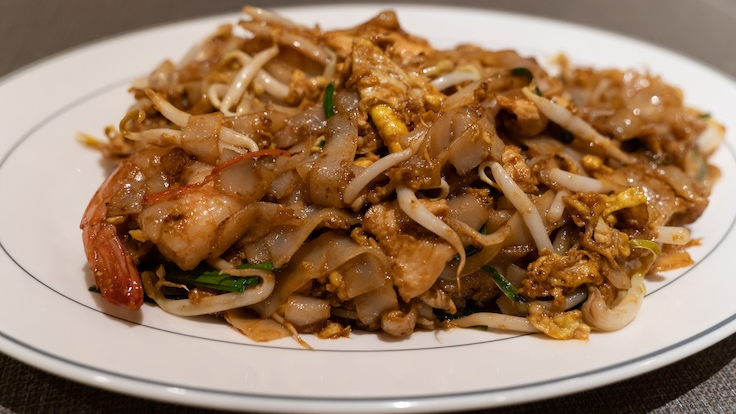
Kuala Lumpur Char Koay Teow
It is said that Penang sets the gold standard where char koay teow is concerned in Malaysia, and many char koay teow places in Kuala Lumpur will tout their offerings as “Penang-style” char koay teow.
But the actual char koay teow dish — the original version cooked back in Chaozhou and Shantou (the Teochew home cities in China) — consists of koay teow stir-fried with sliced pork and/or a choice of other meats and seafood, pickled radish, and green, leafy vegetables.

Singapore Char Koay Teow
Like in Penang, the Hokkiens form the majority of the Chinese populace in Singapore, ahead of the Teochews. But whilst Penang’s street food culture remained heavily dominated by the Teochews, and its version of the char koay teow leans closer to the original version in terms of appearance, Singapore-style char koay teow gives a vehement nod to its Hokkien majority’s love for dark, sweet soy sauce and a heavier, gluggier texture in their food. Hokkien yellow wheat noodles are also used, combined with Teochew flat rice noodles (“koay teow”), for an added textural dimension.
Blood cockles are a central ingredient in Singapore-style char koay teow, vestiges of a time when these were cheap and readily-available to the blue collar working-class. Fresh duck’s eggs are difficult, if not impossible, to procure in Singapore, and are no longer used. Leafy green “chye sim” vegetables (Chinese: 菜心) are sometimes used in place of beansprouts. This practice harked back to the 1950s, when farmers in Singapore, in protest against new government regulations then to use tap water instead of well water, stopped growing beansprouts, leading to its scarcity.
Char koay teow is best enjoyed with an iced “teh peng” (iced milk tea) or “kopi peng” (iced local coffee), but a glass of chilled beer does the trick just as well.
Where to enjoy Char Koay Teow in Kuala Lumpur & Penang:
Ming Qing Charcoal Duck Egg Char Koay Teow (Bib Gourmand, MICHELIN Guide Kuala Lumpur & Penang 2024)
Penang Road Famous Jin Kor Char Kuey Teow (Bib Gourmand, MICHELIN Guide Kuala Lumpur & Penang 2024)
Sek Yuen (Bib Gourmand, MICHELIN Guide Kuala Lumpur & Penang 2024)
Siam Road Char Koay Teow (Bib Gourmand, MICHELIN Guide Kuala Lumpur & Penang 2024)
Where to enjoy Char Kway Teow in Singapore:
Hai Nan Zai (Bib Gourmand, MICHELIN Guide Singapore 2024)
Outram Park Fried Kway Teow Mee (Bib Gourmand, MICHELIN Guide Singapore 2024)
No.18 Zion Road Fried Kway Teow (Bib Gourmand, MICHELIN Guide Singapore 2024)
Hill Street Fried Kway Teow (Selected, MICHELIN Guide Singapore 2024)
91 Fried Kway Teow Mee (Selected, MICHELIN Guide Singapore 2024)
Food Street Fried Kway Teow Mee (Selected, MICHELIN Guide Singapore 2024)










